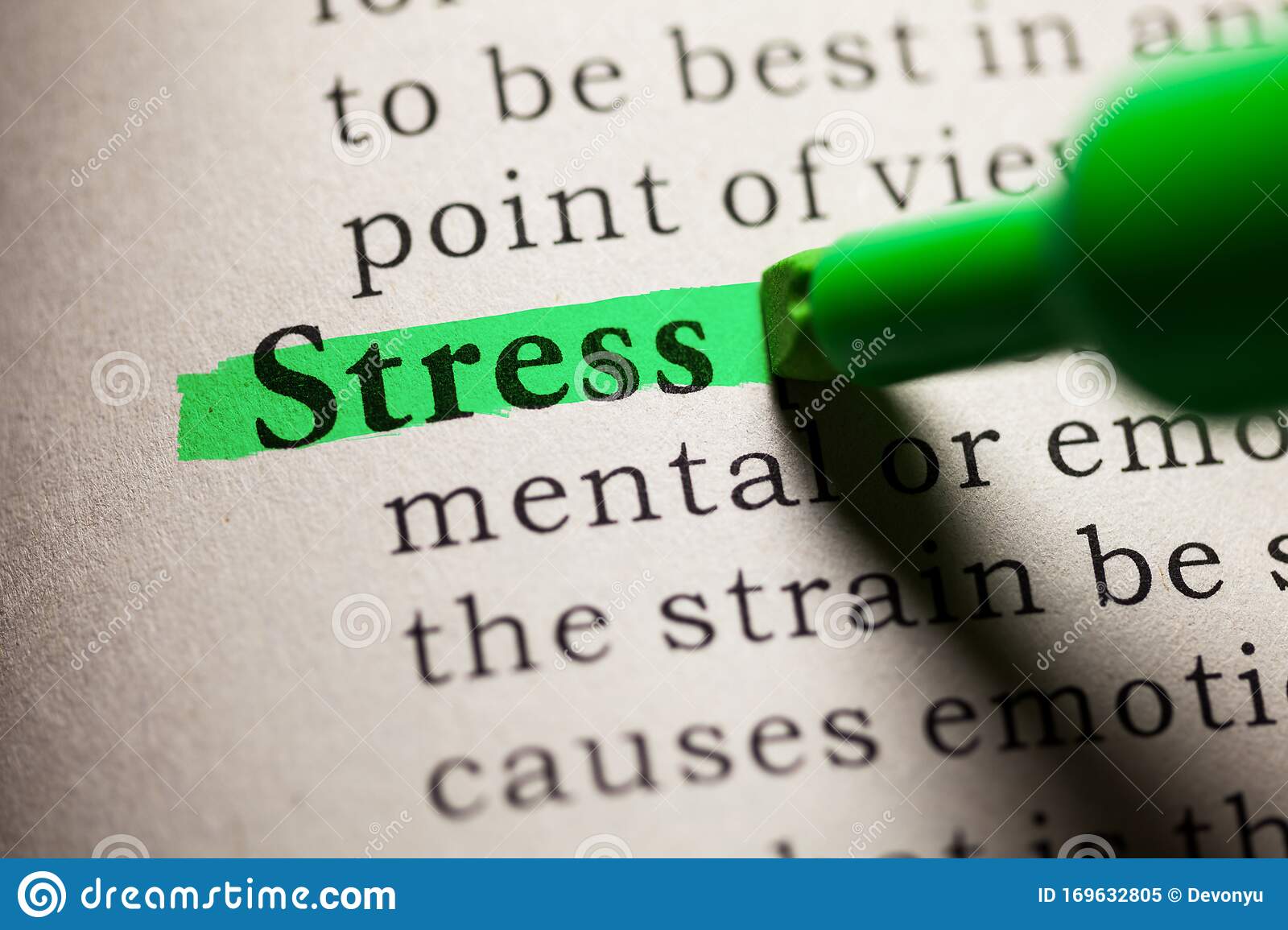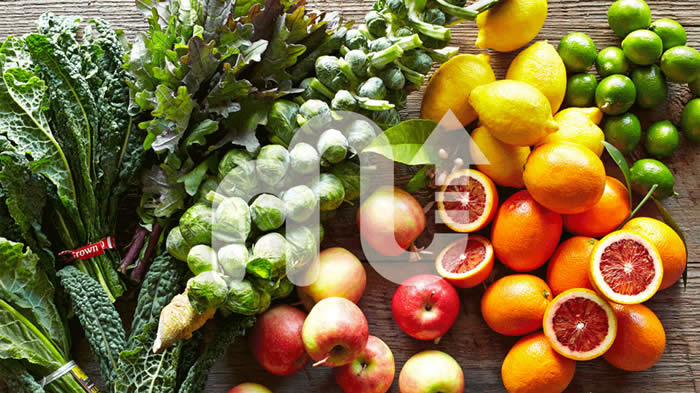
The Decade of Healthy Ageing aims to improve the quality of the lives of older adults by addressing their health problems. The goal is to prevent the development of age-related diseases and improve their prevention, management, and treatment. The decade will concentrate on the prevention of age-related diseases and the improvement of quality of life for older adults. It is designed to encourage research that will improve health and well-being as well as to develop person-centred integrated healthcare and communities that support the elderly.
It is vital to stay active. Being active and mentally sharp are two key components of healthy aging. It is important to find ways to be active. Seek counseling or antidepressant medication if you feel depressed. Healthy eating habits, including avoiding high-fat and salty foods, as well as safer sexual activities, can improve your quality life and help you maintain your independence. There are many ways you can stay active and be healthy, such as a regular exercise routine.

Social interaction is also an essential component of healthy aging. Engaging in activities with others can keep us active and happy. This social interaction will allow us to feel connected with others and help us maintain our wellbeing. It is crucial to keep in touch and stay connected with our family and friends. As we grow older, we often face health challenges that may make life less enjoyable. These issues can be overcome.
Your brain will stay sharp and active if you are physically active. This will increase your mental abilities and memory. Counselling and antidepressant medication can be helpful if you have depression. Avoid eating unhealthy food and excessive amounts of fat. Participate in safer sex and quit drinking and smoking. You will enjoy your later years even more if you do. You'll be glad you did. There are many ways you can be physically and mentally active.
Healthy aging is a growing topic in the world today. We are living longer than ever before, and the number of people in every country will grow older. In 2030, one out of six people will reach the age of 60 and the number who are 80 years old or older will nearly double. As the world population continues to age, the benefits of healthy aging will continue to accrue. Healthy eating habits will allow you to age gracefully. Your mental health will be improved by exercising and eating healthy.

Healthy aging is not just about being physically active. Your lifestyle is key to your mental and physical well-being. Healthy eating habits include regular exercise, eating a variety and controlling your portion size. Some studies even show that you can reverse the aging process by using anti-aging therapies. You'll live longer and have better health if you make these lifestyle changes. AARP has long supported the anti-aging movement.
FAQ
Which exercise is the best for men?
The answer depends on what you are looking for. Cardio exercises are great for anyone looking to lose weight.
Strength training, on the other hand, is better if you are looking to increase muscle mass.
Both types of exercise are proven to be beneficial if you're looking to improve your overall health.
I recommend HIIT, or sprint interval training, if you want fast results. This type training will help you quickly lose fat by increasing your metabolism. It increases your endurance so you can continue training even when tired.
What does butter do?
Butter is one the most nutritious sources of saturated oils. This type is beneficial for healthy skin and hair as well as stronger bones.
Butter also contains vitaminK, which prevents bleeding after cuts and bruises. Vitamin K is combined with vitamin C to prevent bruises.
Butter is rich in minerals such as calcium, potassium, and phosphorous. These elements encourage stronger bones.
Butter has its drawbacks. Butter contains high levels of cholesterol. Studies show that too much cholesterol can increase your risk of developing heart disease.
Butter is also high-fat, which can contribute to obesity and increase cholesterol.
However, if you must have butter, try spreading it on bread rather than dipping it into soup or salad. Bread absorbs less oil than pasta and potatoes.
What food should I avoid if I want to lose weight
Avoid foods that contain trans fats. Trans fats increase LDL (the harmful) cholesterol and lower HDL (the good).
Trans fats can also be found in deep-fried food, fast food, packaged bakery goods, snack cakes, as well as other processed foods.
These unhealthy fats also contribute to inflammation, leading ultimately to heart disease or diabetes.
Foods containing artificial sweeteners should also be avoided. Artificial sweeteners are linked to an increased risk of cancer.
These chemicals are found everywhere, from soft drinks to chewing candy to candy bars to chewing gum. They also appear in meat, poultry and eggs.
Artificial sweeteners can be saccharin or cyclamate, sucralose, sorbitol or aspartame.
The American Heart Association suggests that you avoid these chemicals as they can cause DNA damage in your cells.
How many times a week should I exercise?
It all depends on how much time and what kind of exercise you like. A general guideline would be moderate-intensity aerobic exercise 3 - 5 days a week. It's important that you don't overdo it. For maximum results, consistent exercise is key to getting the most out of your workouts.
Which exercises work best for you?
It all depends on your fitness goals. Some people focus on endurance activities like running, cycling, and swimming. Others love lifting weights or using resistance bars. There are so many different types of exercise programs available today. Choose an option that suits your lifestyle.
Is it true to say that protein overeating can lead to kidney stones?
Protein is important for maintaining healthy bones and tissue. Over-consuming protein can result in calcium being excreted through the kidneys. This can lead to kidney stone formation.
It is important to remember that not all people get kidney stones from eating more than 2g protein per kilogram (2.2lbs) of body weight. You don't have to eat a lot of protein to get kidney stones.
By watching how much sodium you consume, kidney stones can be prevented. Sodium regulates the body's water balance. Too much sodium can cause kidney stones.
If you have kidney stone, you might also consider reducing your protein intake. Protein provides about half of the daily caloric needs for most adults. If you cut back on protein, you'll likely lose weight.
If you do decide to eat more protein, don't go overboard. Do not eat more than 20% of your daily calories from protein.
What is the best workout order?
It all depends on what you're looking for. Start with heavy lifting if you're looking to build muscle mass. Then, move on to cardio. You can then go to strength training if your goal is to lose weight.
Cardio is a great way to lose fat if you are just looking for a quick workout. After that, you can add strength training.
You should do cardio last if your goal is to increase muscle mass. This stimulates growthhormones, which helps build muscle mass.
Before you start your workout, it is a good idea to eat. This will fuel your muscles and make them work harder. You will feel happier during your workout.
Is it possible to drink alcohol while training?
Yes. Alcohol increases energy expenditure, speeds up recovery times, and reduces soreness.
Also, alcohol increases insulin sensitivity which makes it easier to absorb glucose.
However, alcohol can lead to dehydration that can slow down your metabolism. It can also decrease testosterone production, which can affect muscle-building ability.
This is why women shouldn't have alcoholic drinks before exercising. Women who drink heavily should wait at the least 24 hours before exercising.
Women who are nursing should avoid alcohol as much as possible.
Men should drink only one glass of alcohol per day.
Statistics
- An estimated calorie range for moderately active adult males falls between 2,200 to 2,800 calories per day, depending on age. (eatright.org)
- According to the American Heart Association, blood pressure should be checked at least once every two years, beginning at age 20. (my.clevelandclinic.org)
- The PRS enabled risk stratification for overall prostate cancer and lethal disease with a four-fold difference between men in the highest and lowest quartiles (HR, 4.32; 95% confidence interval [CI], 3.16-5.89). (pubmed.ncbi.nlm.nih.gov)
- Get free shipping and 25% off today. (healthline.com)
- Candidates and applicants must pass all four tests at 70% (minimum level) to graduate from Basic Deputy U.S. Marshal (BDUSM) Training. (usmarshals.gov)
External Links
How To
How can a man lose weight in just 30 days.
Breaking down fitness goals into manageable steps will help you reach your fitness goals.
You need to make sure you are working towards the goal each day. This could mean doing 10 pushups every 5 minutes or running 3 km.
Consistently doing this will lead to positive results.
Here, consistency is the key. It is important to persevere until you succeed.
What's the difference between Aerobic Fitness & Anaerobic Fitness, and how can you tell?
Anaerobic fitness refers to the ability of our bodies to perform intense physical work without oxygen. Anaerobic pathways can be used to supply enough energy during high-intensity exercise. Anaerobic pathways can include glycolysis, creatinephosphate, the Phosphagen, and lactic acids.
Aerobic fitness, however, refers to the continuous practice of low-intensity aerobic exercise. When performing aerobic exercises oxygen is used to fuel the cells. In other words: The aerobic pathway gives more energy than that of the anaerobic.
You must build your aerobic capacity before you can run a marathon. You won't be successful if you focus only on your anaerobic ability.
Aerobic fitness also refers to cardiovascular fitness. The two most common methods of measuring cardiovascular fitness are VO2 max testing and step tests.
Test VO2 Max
VO2max is the maximum oxygen (O2) that your body can use while exercising. This test measures the amount of O2 the body can utilize while exercising.
This is the best test to assess cardiovascular fitness. The test is difficult to administer because it requires expensive equipment.
Step Tests
Step tests are a quick and easy way to test your cardiovascular fitness. They involve walking or jogging on a treadmill or track for a certain duration based on your age and weight.
These tests are inexpensive, easy to conduct, and can be done almost anywhere. You can, for example, walk for 2 minutes on a treadmill, then rest for 1 min, then repeat the process for 20 minutes. Then, stop. Your heart rate should remain within a specific range throughout the whole session.
This method is known by the "Bruce Protocol". Bruce was himself a runner and developed the protocol after realizing his heart rate wouldn't increase when he ran for longer distances.